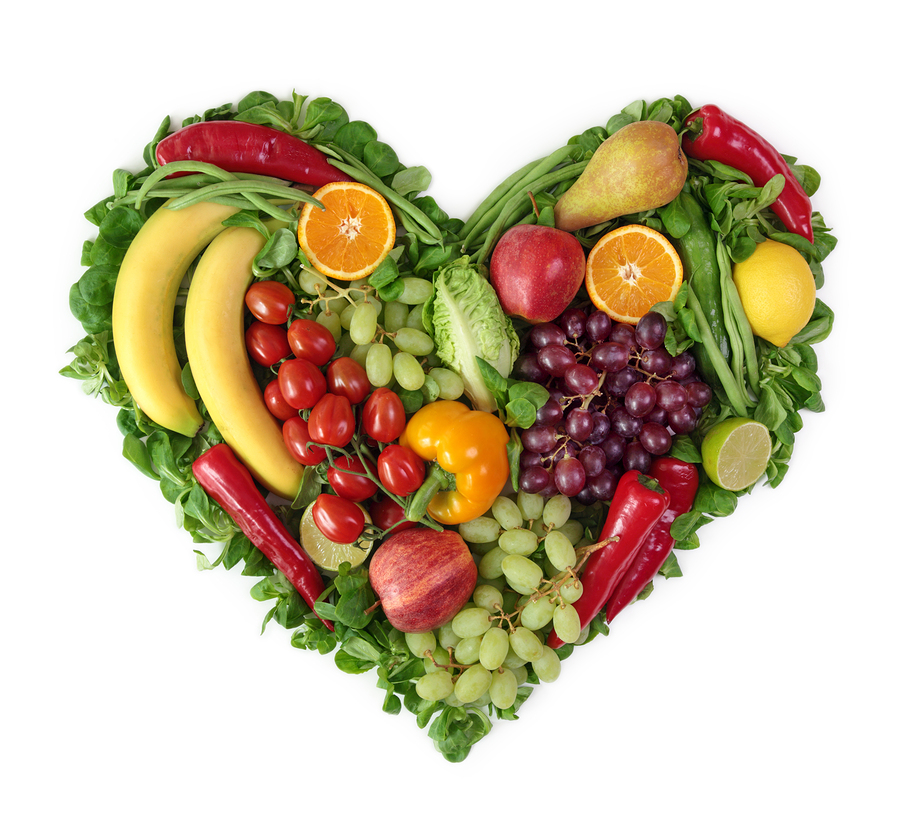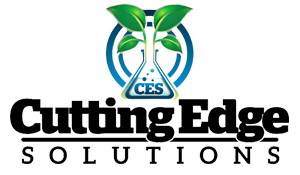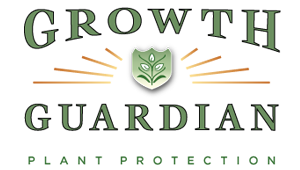
Growing vegetables indoors is a great way to save space and have fresh produce year-round.
Natural nutrition and fertilization
Healthy plants require slow releasing fertilizers and natural light for the best growth. Plant growth should start with quality lighting. With the huge variety of grow lights on the market it can be confusing on just what medium can mimic sunlight the best. Fluorescent lighting and HID (high-intensity discharge) lighting are best for indoor hydroponic gardeners. Fluorescent lighting should be of the daylight variety or full-spectrum. Standard fluorescent will be sufficient, but may take longer for seedlings to grow. HID lighting is considered highly effective because they give off the heat needed for growth as well as a more concentrated light. However, HID lighting can be hungry on the utility bill. It also requires careful monitoring to not “scorch” the leaves of the plant.
The best slow release fertilizers are fertilizer salts or liquid fertilizer that contains high-quality nitrogen and trace elements for high yields. There should also be a balanced pH with potassium and phosphorous elements that encourage growth in the early leaves to absorb as much light from grow bulbs as possible.
Successful Varieties
A quality hydroponic system can grow practically any edible. However, there are a few varieties of plants that take are quite hardy and robust for early growers:
Greens
Loose leaf and baby green varieties can be picked continuously throughout the growing season. Vining varieties of peas have more shallow root systems that do well in soil-less environments.
Fruits and Fruiting Vegetables
Smaller melons such as the french variety and blueberries thrive in the water conditions provided by hydroponics. Tomatoes are heavy growers and can expect excellent yields in some of the heirloom varieties used for processing.
Herbs
Most herbs thrive in an indoor hydroponic setup. The best herbs are those that have difficulty growing in your area for ample propagation. Examples include Rosemary and Sage. These varieties border on the cusp of zone 6 and 7, which may be difficult to plant outside in northern gardens.
Larger Vegetables
Larger plants such as squash or pumpkins usually require a frame and additionally amending to the water nutrient system. They do best growing on their own without competition from heavy fruiting plants such as berries.





















 © 2017
© 2017
Recent Reviews